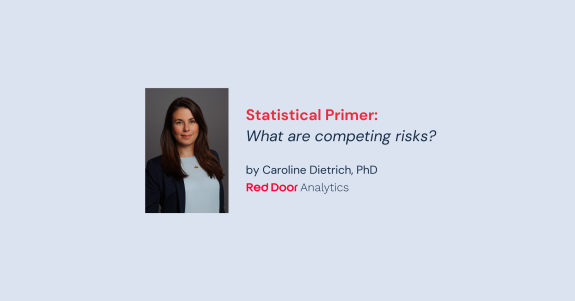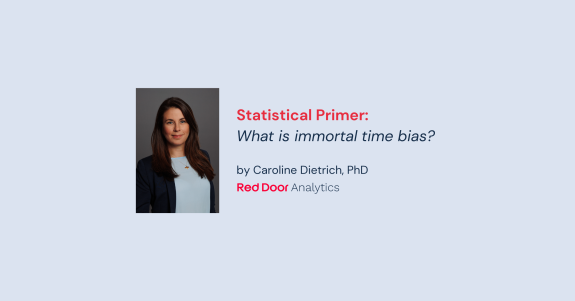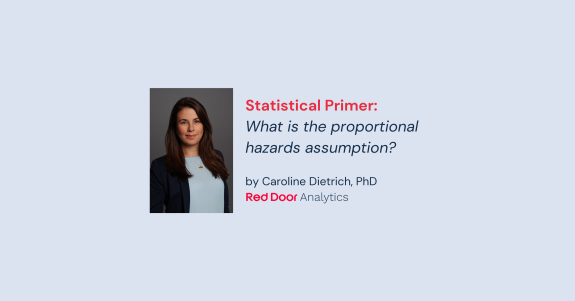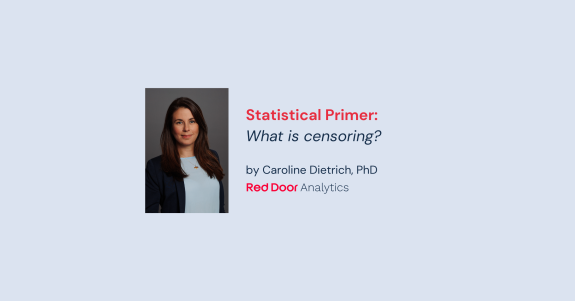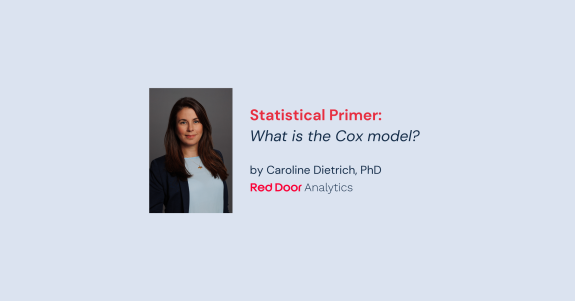Take a look at our freely available resources library, covering entry-level and advanced topics
RDA RESOURCES
Scroll Down

What are competing risks?
Competing risks In survival analysis, competing risks refer to the situation when an individual is at risk of experiencing an event that precludes the event under study to occur. Competing risks commonly occur in studies of cause-specific mortality, as all other causes of death than the one under study might happen before the individuals “have […]
Learn more What is immortal time bias?
Immortal time bias Immortal time bias is a type of bias that can occur in observational research when the study design allows for a period of time during which the outcome of interest cannot occur, often referred to as “immortal time”. Simply put, immortal time bias occurs when information from a future event is incorporated into the […]
Learn more What is the proportional hazards assumption?
Proportional hazards Proportional hazards in survival analysis means that the rate at which an event of interest occurs over time for two or more groups or individuals is proportional over time. Specifically, it assumes that the hazard ratio, which represents the relative rate of an event occurring between two groups or individuals, is constant over […]
Learn more What is censoring?
Censoring refers to a situation in survival analysis where the event of interest is not observed for some of the individuals under study. In this Statistical Primer, we’ll define three types of censoring often seen in survival analysis studies. Censoring occurs when the information on the survival time is incomplete or only partially observed. Censoring […]
Learn more What is the Cox model?
The Cox model The Cox model, also known as the proportional hazards model, is a popular statistical tool used to analyse survival data. It was developed by British statistician Sir David Cox, and published in 1972. It has gained popularity largely by avoiding making parametric assumptions about the shape of the baseline rate in a […]
Learn more What is survival analysis?
Survival analysis is a statistical method used to analyse the time until an event of interest occurs. The key feature of survival analysis is that the outcome has two dimensions: – an event indicator (yes/no), and – the time spent at risk for the event All survival analyses require precise definitions of start and end of […]
Learn more 
